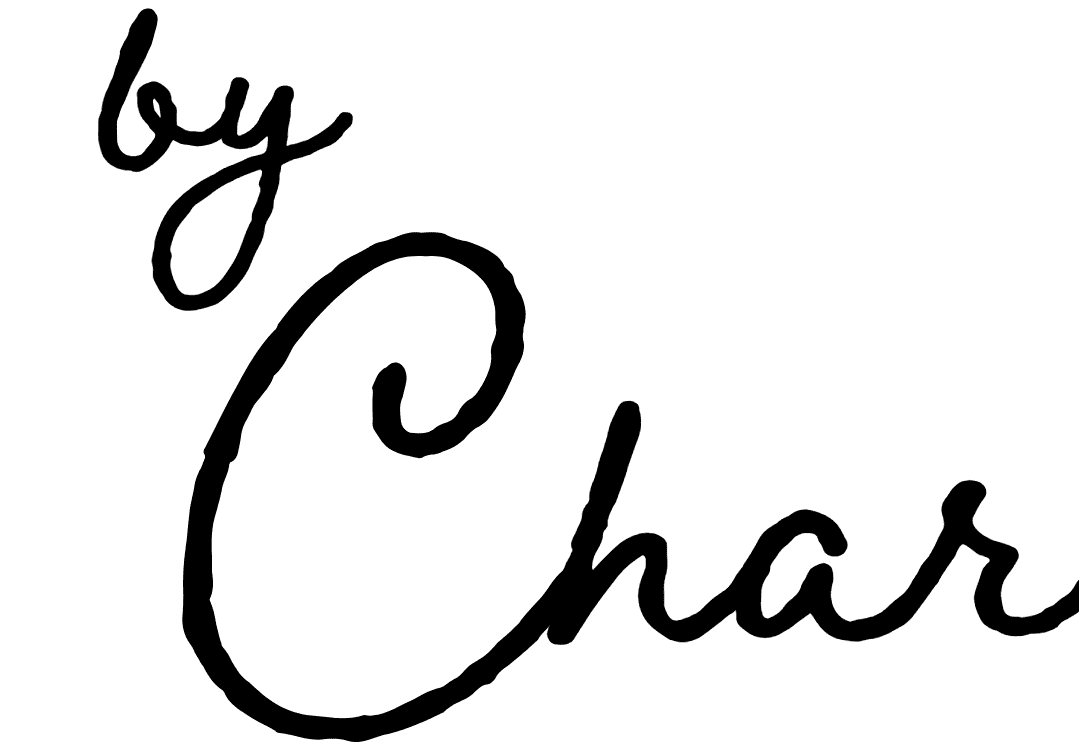Hi there! Last time, when I wrote about making your business stand out with great products, I mentioned pricing strategy as one factor to consider.
Today, let’s dive deeply into pricing strategy and how it can affect your business success.
A few years back, there were only 4 basic pricing strategies. That number later increased to 14, and now I can think of 17-20 pricing strategies. However, 6 are not commonly used, so today, I’ll focus on only 11.
Just a heads up! To keep things simple, I’ll generalize services and products as products.
At a Glance
- Value-Based Pricing
- Cost-Plus Pricing
- Competitive Pricing
- Penetration Pricing
- Skimming Pricing
- Psychological Pricing
- Freemium Pricing
- Bundling & Discount Pricing
- Subscription Pricing
- Economy Pricing
- Seasonal Pricing
1. Value-based Pricing
Let me start by saying I love how straightforward many business terms are; there’s no need to decipher unnecessary jargon.
Value-based pricing, as the name implies, is when you price your product or service based on the value it provides to your customers.
In this case, you don’t consider operational or purchasing costs. It’s simply, “How much do my customers enjoy this?” and “Do they enjoy it enough to pay $x for it?”
The effects of this pricing strategy are more pronounced if you offer unique or high-quality products.
A simpler way to visualize this is:
You live near a construction site in a very hot country/city. You make ice cream and sell it to construction workers who work in the heat.
If you price your ice cream based on the value it provides your customers (the construction workers – hydration, cooling effect, source of energy, and of course the delicious taste), and not on the costs of making that ice cream, then your pricing strategy is value-based.
2. Cost-plus Pricing
The easiest way to understand this is to add an extra word to the term; “cost-plus-profit pricing”.
This is one of the most common pricing strategies, especially used when one’s business is capital-intensive.
Using this kind of pricing strategy, all you need to do is calculate the total cost of creating a product or service and then add a fixed percentage of that cost as profit.
Here’s an example:
Martha down the street sells home-baked bread, and her total cost for making and wrapping a single loaf of bread is $45.
All she needs to do is pick a percentage of that, say 20% ($9), and add it to the price of the bread, selling each loaf for $54.
Not only does she keep a consistent profit margin, but she also avoids complex calculations to determine her profitability.
3. Competitive Pricing
Competitive Salary = work | Competitive Pricing = business.
That’s a simple formula I thought of to easily remember what competitive pricing strategy is all about.
Here, you price your products based on the average price of your competitor’s offerings. This is especially useful when entering a market with many competitors who have very similar lineups.
Visualize this:
Donald opens a flower shop on a busy street, but it’s not the only flower shop within a 0.5-mile radius.
Before deciding his prices, he takes a 20-minute stroll to 5 other flower shops in the area to check their prices.
Shop A sells tulips for $9, sunflowers for $10, and roses for $15.
Shop B and C sell sunflowers for $9, roses for $14, and orchids for $11.
Shop D sells tulips for $10, sunflowers for $11, and orchids for $12.
Shop E sells sunflowers for $11, tulips for $9, and roses for $15.
Donald decides to sell his tulips for $9, sunflowers for $10, orchids for $11, and roses for $14.
What Donald just did was competitive pricing – setting his prices based on the average prices of his competitors’ goods.
4. Penetration Pricing
This is a more common pricing strategy, one I wouldn’t recommend unless you’re very good at marketing.
Here, instead of pricing your products at their actual value, you price them much lower to gain customers quickly and enter the market.
After gaining market share, you gradually raise the price.
Imagine this:
Martha owns a bakery that sells only bread. Next week, Martha decides to introduce new items—cakes, cookies, and muffins.
She initially sets their prices at $30 for the cakes, $15 for the cookies, and $10 for the muffins.
However, since she’s introducing these items for the first time, she lowers the prices to $23, $11, and $7 respectively.
This encourages her customers to try the new bakes. Over time, she gradually increases the prices back to $30, $15, and $10.
What Martha did here was penetration pricing.
5. Skimming Pricing
Here’s another pricing strategy I don’t recommend for small businesses unless you’re selling something new or innovative.
This strategy involves launching your products at a high price for early users who are willing to pay more. After the initial rush, the price is gradually reduced for those who are more budget-conscious.
Unlike the previously mentioned pricing strategies, this is more common in the tech or innovative fields. It’s rare to find early adopters for the average business.
Visualize this:
Victor, a tech enthusiast and entrepreneur, developed a smartwatch with holographic functions.
This is sure to cause a buzz. So, instead of the initial price of $450 per unit, Victor prices the watches at $650 each.
Tech enthusiasts and wealthy individuals with flamboyant lifestyles buy Victor’s watches, creating a rush and allowing him to amass large profits.
As the initial rush fades, Victor gradually reduces the price to $450 so those with tighter budgets can also own one.
That, dear entrepreneurs, is skimming pricing.
6. Psychology Pricing
My word! You can’t buy anything online without encountering this pricing strategy 3 out of 5 times.
Here, you leverage customer psychology to make your price seem more attractive.
You can easily recognize this because prices are often just below a round number—$4.99, $9.99, etc. Sometimes, the prices are accompanied by discounts or odd numbers like $14.75, or $4.75.
I mean, one cent isn’t much, but $4.99 feels like less than $5, right?
I’d love to give you something to visualize, but you can easily find examples of this by checking any services or products online.
This pricing strategy aims to leverage users’ FOMO (Fear of Missing Out) or their “save more” mentality.
7. Freemium Pricing
This is another strategy more commonly used in the “services” market.
If you’re looking at a price list where you can get a basic version of a service for free and pay for anything better than that, then you are most likely seeing a freemium pricing strategy.
This is a great way to attract potential paying customers by allowing them to test your service for free and upgrade if they enjoy what you offer.
Visualize this:
Anne wants to start an online tutoring service. Since she’s not yet well-known, people are hesitant to pay for her service.
Anne decides to offer a free version where she tutors a group once a week, with no one-on-ones or Q&A sessions, just group sessions and materials (notes).
She also provides an option to upgrade to full tutoring that includes thrice-a-week classes, one-on-ones, and Q&A sessions.
Students take her free tutoring because, well, it’s free. Three weeks later, they enjoy her sessions so much that they decide to upgrade.
Anne has successfully used a freemium pricing strategy.
8. Bundling and Discount Pricing
There’s not much to say about bundling pricing. It involves combining more than one product or service into a single package and offering it at a lower price (discounted price). For example, a cosmetic lineup might include cream, body spray, and powder together at a discounted rate.
Discount pricing is exactly what it sounds like—discount pricing. Just kidding! It’s also a type of psychology pricing. This strategy takes advantage of people’s FOMO to encourage them to buy. It involves temporarily reducing the price of various products to attract customers and boost sales.
Imagine this:
Brittany owns a beauty store. She has a steady influx of customers but is looking to attract new ones and expand her business.
She decides to bundle her products, offering:
- Lipstick, mascara, and foundation, usually $90, for $70
- Moisturizer, cleanser, and toner, usually $130, for $100
- Face mask, body scrub, and scented candle, usually $80, for $55
She names each bundle “Makeup Lovers Bundle,” “Skincare Essentials Bundle,” and “Self-Care Bundle,” respectively.
This move boosts sales significantly, but Brittany decides it’s not enough and offers an additional 15% limited-time discount on all bundles.
She sees a surge in new customers and a significant increase in sales, proving the effectiveness of her strategy.
9. Subscription Pricing
You guessed it right.
Subscription pricing, as the name implies, is a strategy where your customers pay a recurring fee (monthly or annually) to use a product or service.
This pricing model is commonly used for services, software, or digital products. I mention the benefits of this pricing strategy here.
Here’s something to visualize:
Paul owns an online fitness platform for working out without apparatus. His platform provides comprehensive videos, plans, diets, etc., and uses a membership system.
Paul wants a steady cash flow and loyal membership. He’s not cut out for the kind of marketing he’ll have to do to get new members every month, so he decides to use a subscription pricing strategy.
He divides his platform into two tiers: Basic and VIP. The Basic costs $15 per month, and the VIP costs $30. He also offers a 7-day free trial.
10. Economy Pricing
Now, this is something you don’t see every day!
The focus here is on having as many paying customers as possible. Economy pricing involves setting your price at the lowest possible level in your market to attract budget-conscious customers.
Businesses using this strategy focus on affordability and reach.
Visualize this:
Joseph owns a small business that sells everyday household essentials like toiletries, cleaning supplies, etc.
Joseph doesn’t have the funds to go toe-to-toe with bigger businesses that run ads and have professional marketing teams.
His one advantage is a good supply—restocking his business doesn’t cost him much, and all his products are of good quality.
He checks and confirms that the average price of household essentials is $95. He decides the average price of household essentials in his small business will be $70.
At first, customers are skeptical of the price, but eventually, people purchase his products and leave good reviews, causing a snowball effect.
Now Joseph’s business is doing well. His loyal customers are low-income earners looking to save money. Since his products don’t cost him much, he’s able to make a good profit each month.
11. Seasonal Pricing
Out of all the pricing strategies discussed, this is one of the most versatile.
This strategy involves adjusting your prices based on the time of year or specific seasons, allowing for peak sales and off-peak sales.
The most common example is changing prices based on the four seasons—spring, summer, autumn, and winter.
However, there are other periods where this can be used, such as holiday seasons, travel seasons, tourist seasons, school calendars, etc.
Think of this:
Jack owns a small business selling beach items on a tropical island. He knows tourists visit the island from June to August.
Due to this, every June he spikes his prices to capitalize on the tourist season. During these peak months, he experiences large sales and beautiful profit margins.
In the off-peak months, he sets his prices lower to maintain steady sales even when tourism is down.
What Jack is using is seasonal pricing.
Other Pricing Strategies
Some other pricing strategies to consider are:
- Pay What You Want (PWYW)
- Premium Pricing
- Geographical Pricing
- Dynamic Pricing

My Final Thoughts
A business relies on various strategies to win—yes, win, not just survive, because that’s what I want for you: a thriving, successful business.
For some, pricing strategies can directly impact success.
If you’re unsure which strategy is best for you, feel free to check out this other article. If you’re looking for more business success tips, check out my homepage – by Charmaine.
You could also listen in on my podcast, A (Mostly) Stay-at-Home Mom, where I share weekly tips for busy moms earning or looking to earn a side income. Find it on Apple Podcasts, Spotify, and more!


3 thoughts on “Top 11 Pricing Strategies to Know for Remarkable Business Success”
Comments are closed.